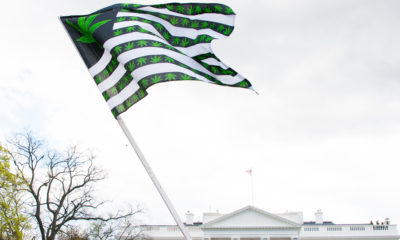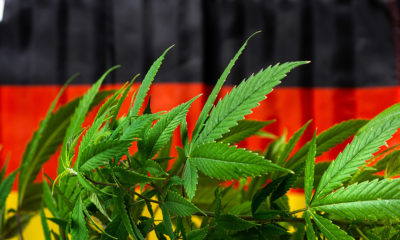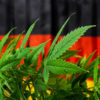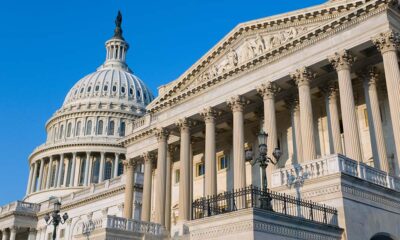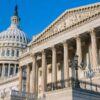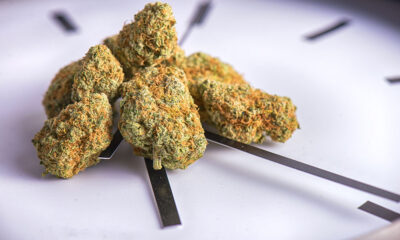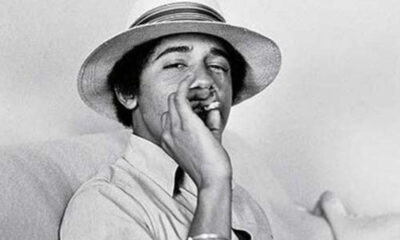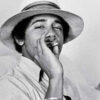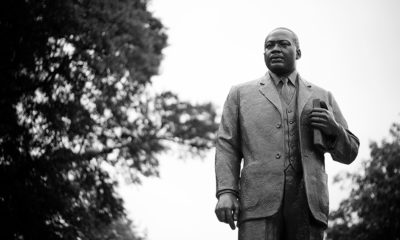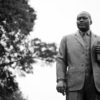
In History
When New York City Led On Marijuana Reform
Cities are the laboratories of democracy. Cities host 420 rallies, cities decriminalize cannabis and once upon a time, New York City took on federal drug prohibition.
“Under the influence of marihuana changes in personality as shown by alterations in test performance are slight. … The personality changes observed… demonstrate that the subject experiences some reduction in
– The LaGuardia Committee Report: The Marihuana Problem in the City of New York
Whomever he or she may be, the mayor of New York City wields significant power —more power, both hard and soft, than some heads of state.
New York’s mayor has influence over the city’s abundant resources: its political and cultural influence, and its intellectual institutions. New York’s mayor could choose to crack down on gay liberation just as he or she could choose to tolerate, or tacitly support, drug-policy reform rallies like 420 celebrations or cannabis freedom days.
As one of New York’s most prominent mayors once demonstrated, he or she may also have enough power, or influence, or charisma, or willingness to wield all of the above in a benevolent way, to challenge the federal government — and to win, at least intellectually.
As adults 21 and over in 10 states observe this April 20 with the legal right to consume cannabis recreationally, those in the other remaining 40 should look to the past for an object lesson on how to advance national policy forward — locally, if necessary.
Fiorello LaGuardia served three terms as Mayor of New York City, from 1934 to 1945. Strong-willed, imperious, and attention-seeking, LaGuardia is credited with re-imagining and modernizing the country’s largest city amid difficult circumstances: the Great Depression and New Deal, World War II and the very beginning of the drug war.
In this, LaGuardia and New York stand out. Under LaGuardia, New York was, briefly, America’s most cannabis-friendly city. LaGuardia used New York’s political and cultural influence — and its institutions — to challenge and to debunk the federal government’s justification for marijuana prohibition.
Under LaGuardia, the New York Academy of Medicine published research that directly contradicted claims that cannabis caused crime, or psychosis, or any of the other myriad of fairy tales concocted(for purely political reasons) by the country’s nascent class of drug warriors.
These myths — that marijuana is a gateway drug, that marijuana availability leads to youth use, that marijuana is addictive, and so on — should all sound familiar, as they are repeated today, with roughly the same justification.
Launched in 1939 but not published until late April of 1944 (75 years ago this month) what’s known as The LaGuardia Committee Report was “one of the first” scientific reviews of the effects of cannabis on humans. In what should sound familiar, researchers found that “the sociological, psychological, and medical ills commonly attributed to marihuana have been found to be exaggerated.”
Most of those exaggerations came from one source in particular. Henry Anslinger, the country’s first drug czar and the antagonist in any drug-policy reform tale, spent most of the 1930s promoting marijuana as a deadly drug with a direct connection to crime — which would conveniently justify more power and funding for his nascent Bureau of Narcotics.
With Anslinger stumping around the country, attributing — without research or merit — various atrocities to marijuana, Congress in 1937 passed the Marihuana Tax Act, which removed cannabis from doctors’ medicine chests and started the federal government on its road to criminalizing cannabis and imprisoning its users.
Wild stories about prevalent marijuana use in New York — including among its children — compelled La Guardia to act, but not to pass a law or to send out the police. He called out the scientists.
“When rumors were recently circulated concerning the smoking of marihuana by large segments of our population and even by school children, I sought advice from The New York Academy of Medicine, as is my custom when confronted with problems of medical import,” wrote La Guardia, who noted that he had past personal experience with marijuana. While in Congress, he’d heard reports from a U.S. Army Board of Inquiry called after troops were caught smoking cannabis in Panama. The board found that marijuana was relatively “harmless.”
Researchers compiling the LaGuardia Committee report read available literature and interviewed other experts. They drew a list of 13 main conclusions, the summary of which was: There is no cannabis panic in New York City, or if there is, it exists only in certain peoples’ heads.
They also performed tests on human subjects. Specifically, the researchers asked a group of people to answer a battery of questions and to engage in “play” scenarios, after smoking some cannabis.
The “play scenarios” netted perhaps the least valuable information, wrote the researchers, who noted, “[t]he only very definite change as a result of the ingestion of marihuana was in their attitude toward the drug itself.”
“Without marihuana,” they wrote, “only 4 out of 14 subjects said they would tolerate the sale of marihuana while after ingestion 8 of them were in favor of this.”
The report was published in 1944, when most of the country’s attention was focused on World War II. La Guardia would die soon after, in 1947. A generation later, Congress passed the Controlled Substances Act, mostly for political reasons — and by the turn of the century, New York City would earn the dubious distinction of the “marijuana arrest capital of the world.”
Even in 2019, New York has a mayor in Bill de Blasio who, when discussing marijuana policy, falls on old Anslinger-like tropes such as claims of addiction, and though two of the city’s five district attorneys have largely stopped arresting people for marijuana possession, 420 is still an outlaw holiday in New York.
What happened? It’s a fair question. The short answer is, nothing. La Guardia did not lobby to change local or state drug-control policies, and successor mayors fell into line behind federal policymakers. This is at least partly because no concerted public outcry accompanied the committee’s findings, mixed as they were into the wartime confusion.
That they repeat most science today, which is attempting to drown out the same myths spun for the same reasons Ansligner concocted them, should not be lost on anyone —particularly on 420.
TELL US, how much do you know about the history of cannabis?



